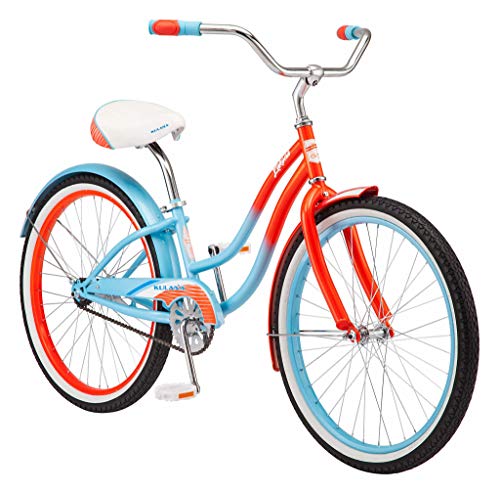Has DIY waterslide decal making changed since then? What kind of printer/paper/materials do you use?
thanks again...
I'll respond to all your concerns, here, when I get a chance. Will need to organize my thoughts because the answer may be a long one.
Meanwhile...I think you're already on the right track for this particular application.
EDIT: ***************************************
Since you invited, I'm back to give my perspective on these various subjects. As usual, these observations are not the
only way to complete a task...or, maybe not even the best way. However, they are
A way--consider them as you will.
First and foremost is the chainguard graphic. You're on the right track there because the final image will be monochrome in either white, black, or red. This is an area where vinyl transfer can really show its stuff. The proposed lettering you provided in Lunapic looks near perfect. My only concern is whether or not your brother's plotter/cutter can accommodate the PNG format. If it does, then your quest is over. If it does not do well, then I suspect SVG vector graphics is the way to go. Vinyl cutting is also a great avenue for making stencils--you can't do THAT with waterslide.
Understand that the cutting machine is trying to trace the outline of any letters and logos, and this is exactly how vector graphics presents its path data. Raster, on the other hand, "paints" an image dot-for-dot and attempts to trick the viewer's eye by means of dithering. A robot arm may not be fooled as easily, nor respond with favor.
I spent an hour or so futzing with Inkscape last night. As I mentioned earlier, the learning curve can be quite intimidating--I'm hardly an expert. There are many tutorials, and one need only learn enough to manipulate text. As you can see in my example, I was able to start with typed-in text, then proceed to deform the
Tragic Marker font...one point at a time...into something MUCH closer to what Schwinn genuinely used. That chore was not as challenging as one might guess. With practice, the results would become even better.
(I left the E unchanged for comparison.)
Now, for the topic you've been eagerly awaiting--waterslide decals. This is of the few DIY techniques suitable for very intricate and/or multicolored transfers. (I suppose one could silk-screen, but that, too, is a messy proposition.)
As you pointed out, the ALPS printer is only practical equipment dedicated to this style of work, and comes with a price tag to match. Unless you're wealthy, have a buddy who owns one, or are willing to hire-out to a professional service bureau, you're probably S-O-L.
My former solution was to use a Tektronix Phaser III printer at the workplace.

This printer was a little unique in that it is fueled by what are, essentially, large "crayons." Those dyes would get deposited onto the sheet much like an inkjet, but due to its waxy nature, the colors were both opaque and vibrant. Unfortunately, these corporate monsters were always expensive to buy, expensive to operate, and had the footprint of a large washing machine. Oh...and they couldn't print white. Back to square one...
Of the two remaining consumer technologies, I'd prefer laser if I could get it. Rumor has it that the price on color laser has dropped precipitously, with some units offered for $100 or less. Inkjets aren't necessarily bad, but I never get my money's worth because the ink dries out--ink that demands the topcoat to become waterproof. Regardless of your choice, you must still address the "no-white" issue.
That isn't as problematic as you might think. The cure is to employ white decal paper, but in a specific way. I'll explain the way I do it in my next entry...




































































































